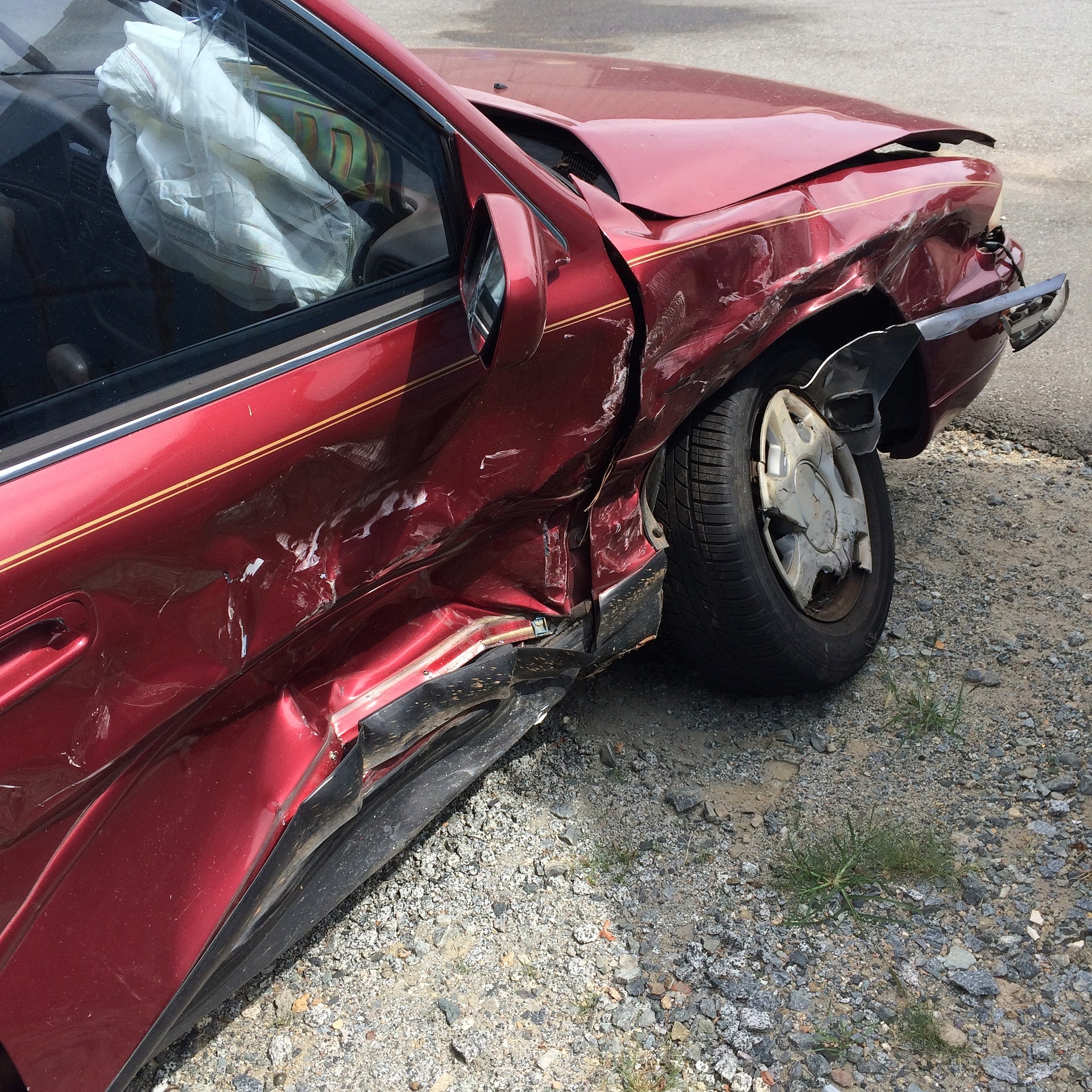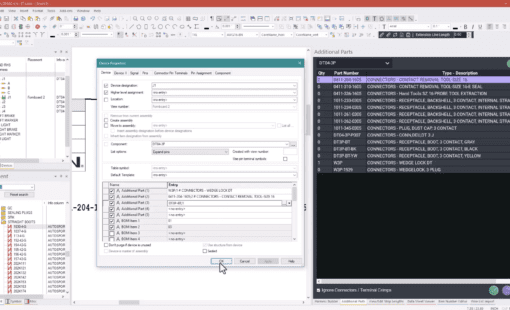The bipartisan Congressional Autonomous Vehicle Caucus, formed in September of 2022, is led by Representatives Debbie Dingell (D-MI) and Bob Latta (R-OH). It has a straightforward goal: educating members of congress on autonomous vehicle technology. Specifically, technology that can improve the safety and accessibility of American roadways.

According to Dingell, the caucus looks to “provide a space for like-minded members to learn, discuss, and collaborate on all the important issues and opportunities related to autonomous vehicles.” With better knowledge of the technology behind AVs, these representatives will be able to craft better-informed, more effective legislation.
For autonomous vehicles to gain widespread adoption and implementation, industry stakeholders must provide information on AV technology transparently. Keeping roads safe for pedestrians and drivers alike is fundamentally a non-partisan matter. It also requires careful, informed research and decision-making by those at the highest level of government. Let’s look at some of the key issues in this conversation below.
Two Focal Points of Vehicle Autonomy: Safety and Mobility
The National Highway Traffic Safety Administration, a subset of the US Department of Transportation, discusses the five levels of automation for vehicles:
- Level 0: Momentary driver assistance, such as lane departure warnings or automatic emergency braking
- Level 1: Driver assistance, such as adaptive cruise control
- Level 2: Additional assistance, including highway pilot
- Level 3: Conditional automation, where the automated system handles all aspects of the driving, but the driver will take over if requested
- Level 4: High automation, where the system is responsible for all driving tasks but only within a limited service area
- Level 5: Full automation, where the system is responsible for all driving tasks in any location, on any roadway
Of these levels, only 0, 1, and 2 are available for consumer purchase in the United States. The goal is, however, to eventually reach Level 5. As safety and mobility are clear undercurrents at all automation levels, let’s analyze each in more detail.
Safety
Any discussion on the future of AV implementation must start with a close look at safety and reliability. First, AVs have an incredibly high upside for safety improvement. For example, autonomous vehicles can help mitigate human errors behind the wheel, such as distractions and fatigue. Certain drivers may be too bored, tired, or uninterested in adhering to the rules of the road. Consequently, these drivers might benefit, one day, from “smart” cars that are not susceptible to these fundamentally human problems.

The conversation about AVs’ role in vehicle safety is not an abstract one. There are currently real consequences for lawmakers looking to see how roads can be made safer. The National Highway Traffic Safety Administration reported that traffic fatalities reached a 16-year high in 2021. The Department of Transportation, as a direct result, unveiled the National Roadway Safety Strategy. This strategy focuses on reducing the number of Americans killed on the roadway.
Mobility
According to a 2022 article from the National Renewable Energy Laboratory, a lack of mobility affects the quality of life for millions of Americans. Mobility issues can lead to various safety and health hazards. Furthermore, these issues pose a fundamental barrier to upward economic mobility for many individuals.
Individuals with health issues that make driving difficult or downright impossible are also of significant concern. For those with sleep disorders such as narcolepsy, a self-driving car provides many self-evident benefits. Similarly, visually impaired individuals will no longer have to rely on public transportation, which can pose its own risks and dangers.
Lastly, AVs can make a tremendous difference in the lives of those without ready access to public transportation. Low income or lack of internet reliability can hinder access to transportation networks. In rural areas especially, it can be difficult to find public transportation when destinations are hours away.
Regulatory Challenges and the Future of the Autonomous Vehicle Caucus
Another topic that the Autonomous Vehicle Caucus hopes to address is regulatory roadblocks. These roadblocks hinder widespread national deployment of AVs, such as conflicting rules and regulations at local, state, and federal levels. The U.S. Chamber Letter on H.R. 3711 regarding the SELF DRIVE Act, for example, will clarify “the federal role in regulating autonomous vehicles.”
This is necessary to prevent a conflicting patchwork of regulations as federal, state, and local responsibilities. The National Highway Traffic Safety Administration will have target authority for making rules if this act passes.
The Autonomous Caucus seeks to address safety, mobility, and regulatory systems challenges. Yet, what can the AV industry expect to see from the caucus? And how will the caucus benefit from consulting with experts in the AV industry?
Firsthand Information from Those Who Know
To begin with, federal legislators and their staff will have a much better opportunity to obtain firsthand information. Accordingly, they can ask questions of those deeply involved in the development and engineering of AVs. They will also see the potential of AVs and their many benefits. Not only will these benefit the individual, but also the nation as a whole.

Increased Interest in the Development of AV Technology
More substantial interest is another expected outcome of the Autonomous Vehicle Caucus. Particularly among legislators in the domestic development of autonomous vehicle technology and systems. Such advances do not only benefit the economy. On the contrary, they further solidify the United States’ reputation as an industry leader in automotive transportation.
Efforts Toward Establishing Realistic AV Safety
Safety is, of course, a critical factor in any automobile, AVs included. Based on accidents covered in the media, it is easy to paint AV safety with a broad brush. The technology, however, is still evolving, including sensors, artificial intelligence, general software, and system communication. AV companies, as a result, are quickly learning the weaknesses and strengths of state-of-the-art AVs.
By seeing AVs in action and speaking with those responsible for testing, federal legislators will have a more realistic comprehension of the safety involved.
Understanding the Positive Impact of AVs on Road Safety
Once the inherent safety of well-engineered AVs is established, federal legislators will better understand how AVs can promote road safety. This, in turn, will reduce the number of roadway fatalities by minimizing the impact of human error on driving.
Conclusion
The potential for improved roadway safety and mobility is very positive in the context of AVs. The US Autonomous Vehicles Caucus promises to expedite these benefits by supporting federal legislators as they make further critical decisions.
Zuken supports these efforts with our high-quality, proven software for system design, from MBSE to detailed design for PCB and electrical wire harness systems. Used by leading automotive manufacturers worldwide, Zuken has the tools you need to stay at the forefront of AV design and safety. Learn more by visiting our website.
Related Products and Resources

- Blog

- Blog

- Blog

- Blog

